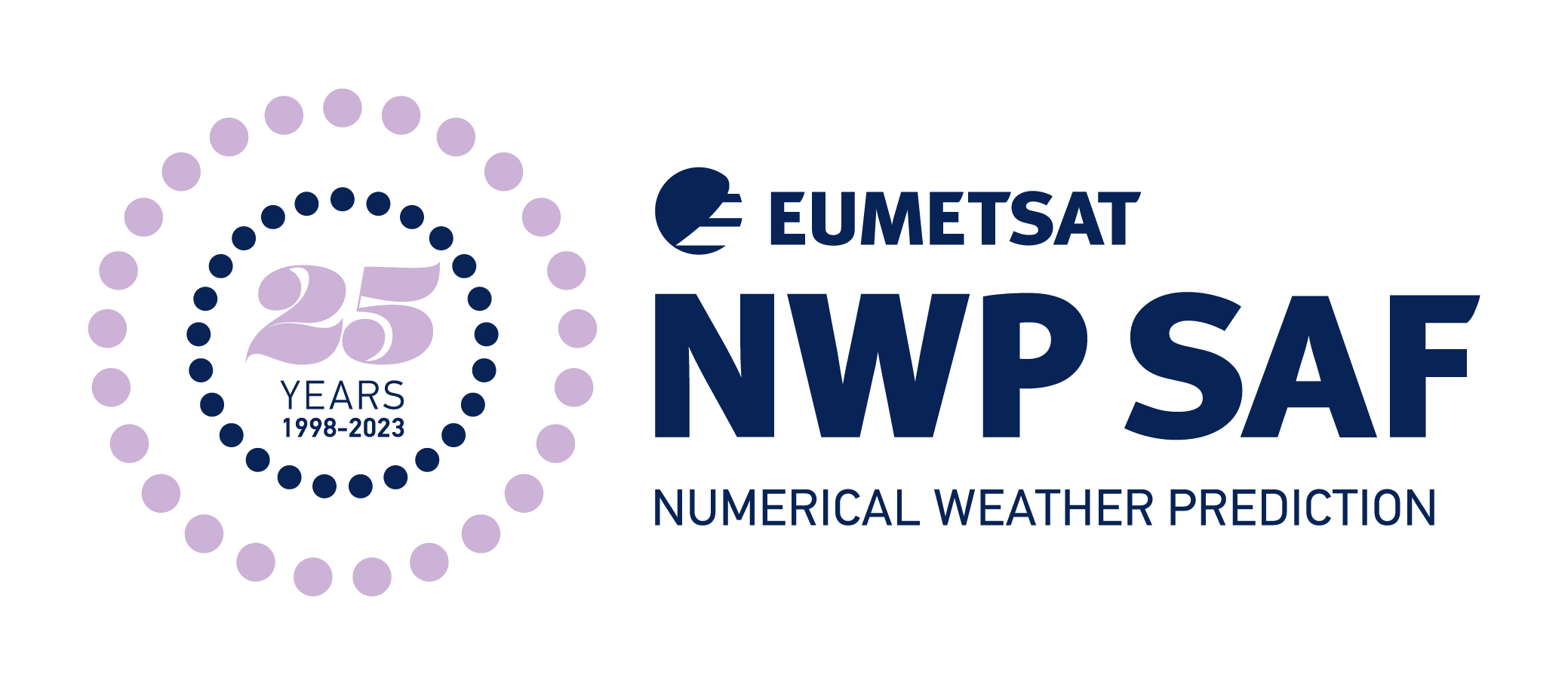Spectral response functions (SRFs) and MW passbands
If you have information on updates or corrections to any of the spectral response function or pass band information below, please let us know either on the RTTOV forum or via the NWP SAF Helpdesk.
All coefficient files for a particular instrument (e.g. those based on different predictor versions or supporting different variable gases) use the same SRF data.
The channels for each instrument are listed in the coefficient file order. You can confirm the RTTOV channel order by looking at the coefficient file headers or by using the rttov_coef_info.exe tool.
The README_SRF section is copied from the coefficient files at the top of each page linked below.
Spectral response functions for VIS/IR coefficient files
Spectral response data for MW coefficient files
Full spectral response function data are available for a subset of microwave sensors. The corresponding optical depth coefficient files include “_srf” in the filenames.
|
Pass band data for MW coefficient files
Most MW coefficient files are based on “top-hat” (or “box-car”) spectral responses. These are defined in plain ASCII “filter files”. The filter files have been updated with a new file format in 2025. The nominal top-hat specification for any given sensor is common to that instrument on all platforms, but there is now one filter file per individual sensor as the files now contain additional information specific to each individual instrument. The file headers describe the contents.
